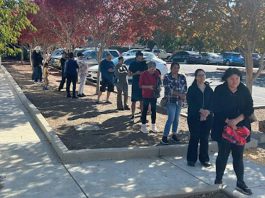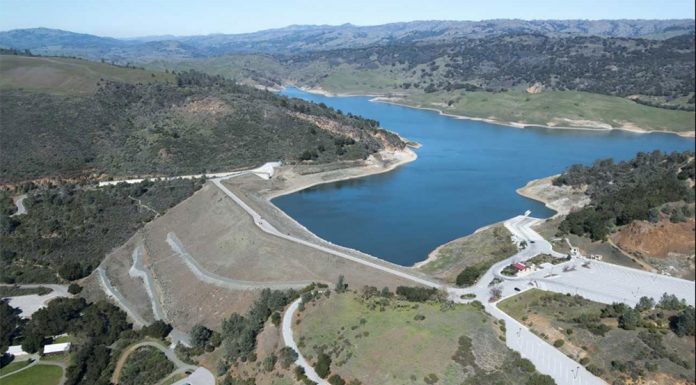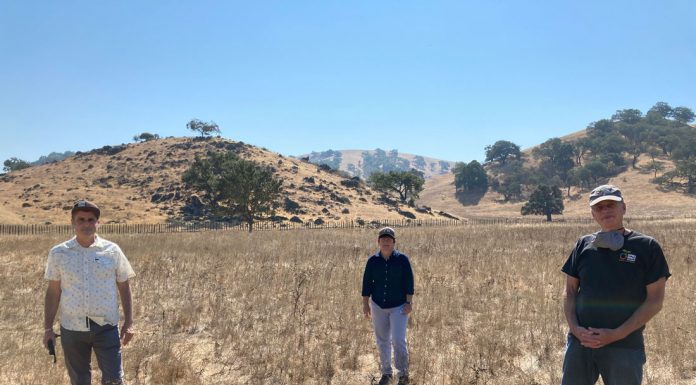Measure S aims to raise funds for water supply, flood control projects
Proponents of Valley Water’s Measure S on the Nov. 3 ballot say the parcel tax is crucial to reinforcing water supplies, flood protection and other priorities for nearly 2 million Santa Clara County residents; but its detractors say the measure lacks details and transparency, and caution that the proposed tax has no sunset date.
Local student is finalist in special districts video contest
A Sobrato High School student is in the running to win a scholarship prize for a video that aims to educate voters about special districts.
What propositions are on California’s ballot?
Issues proposed in California’s statewide ballot measures can sometimes be as opaque as they are varied, which is why our reporters decided to wade through the morass to help make voting easier.
Chappell qualifies as mayoral write-in candidate
Morgan Hill resident Steve Chappell—known among locals as an active administrator of online social media community pages—has qualified as a write-in candidate for mayor in the Nov. 3 election.
Trump has fundraising edge in Morgan Hill
President Donald Trump has received more financial campaign support from Morgan Hill residents than his Democratic rival Joe Biden, according to federal records.
Meet the candidates: MHUSD Board of Trustees
The election is scheduled for Nov. 3, and voters must make sure they are registered by Oct. 19. Early voting begins at the Santa Clara County Registrar of Voters office on Oct. 5. Anyone who wants to request an absentee ballot must do so by Oct. 27, though election officials warn voters to turn in their ballots as early as possible.
Pamela Torrisi: MHUSD Trustee Area 5 Candidate
Morgan Hill Unified School District Trustee Area 5 has had a tumultuous history since the board of education was forced to create districts several years ago. That’s why candidate Pamela Torrisi thinks it is important to note that she will complete at least a full four-year term if she is elected Nov. 3.
Ivan Rosales Montes: MHUSD Trustee Area 5 Candidate
Ivan Rosales Montes’ desire to pursue and advance his career in education has been shaped by his lifetime as a student, going back to his early childhood. Now he wants to apply those experiences and qualifications to leading the Morgan Hill Unified School District if he wins the Nov. 3 election for Area 5 Trustee.
Voting begins in Morgan Hill
Voting is underway with less than three weeks to go until the Nov. 3 general election, as residents throughout Santa Clara County have begun casting their ballots by a variety of methods.
Open space measure would extend parcel tax
Proponents for and against Measure T—the $24 parcel tax designed to protect and preserve undeveloped land and natural open spaces in the Santa Clara Valley Open Space Authority district—view the measure through entirely different lenses even in the context of the coronavirus pandemic.















